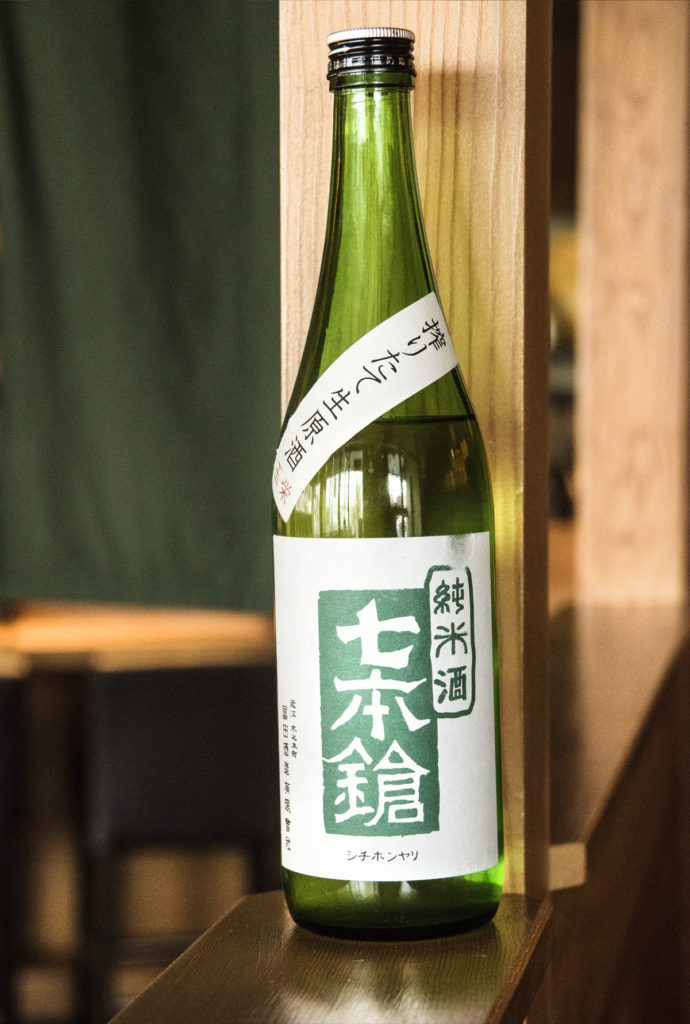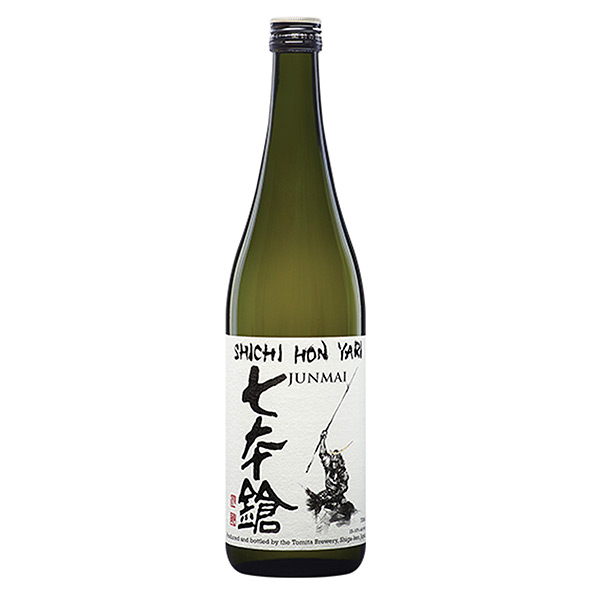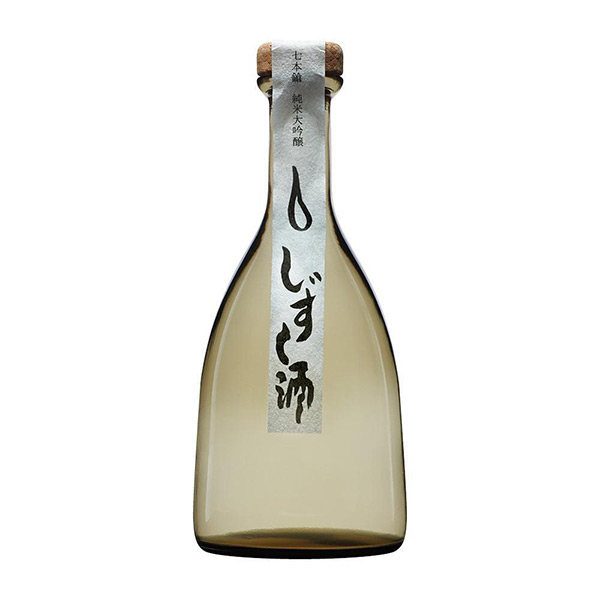Tamazakae (tah mah zah kah eh) is high-quality sake rice from Shiga. It’s extremely difficult to grow, and its production volume has been on the decline. Despite the challenges, sake made with Tamazakae is delicious and you should look out for it.
This article explores the backstory of this fickle sake rice type. It also covers its flavor profile and popular sake brewed with it.

Characteristics of Tamazakae Rice
Tamazakae is a popular sake rice (shuzokoutekimai) in its native Shiga and Tottori prefectures.
It’s a cross between Yamazakae and Shirakiku. Neither of these two rice types is common these days. Tamazakae is famous for its very large grains. It also has a moderate amount of shinpaku (≈25-60%) and relatively low in protein. Both of these characteristics are popular among sake brewers.
As mentioned earlier, it’s tricky to grow. Tamazakae is tall, with a stalk height around three feet. And the huge rice grains make this plant top-heavy. This makes it highly susceptible to lodging (being knocked over by wind). Lodging effectively kills the plant, so only the ideal site can be used to grow it.
For this reason, production has been slowly declining in favor of more ginjo-friendly rice types. In 2019, 455 metric tons were produced, mostly in Shiga. The remainder came from Tottori (90 tons) and modest amounts from Yamanashi and Wakayama.
What Does Sake Made with Tamazakae Taste Like?
Sake made with Tamazakae tends to be soft-textured, rich in flavor, savory, smooth, and complex. It is well-suited for making dry sake with a crisp finish.
Koji doesn’t grow on this rice as well as other major types. This means Tamazakae is not often used for brewing ginjo-shu.
Shop Sake Made from Tamazakae Rice
We may earn commissions on qualifying purchases.

Shichihonyari “Seven Spearsman” Junmai

Shichihonyari Shizuku Junmai Daiginjo
Follow the Japanese Bar on Social Media
Connect with our latest posts, the newest Japanese beverage info, and get exclusive promotional offers. Level-up your sake IQ!